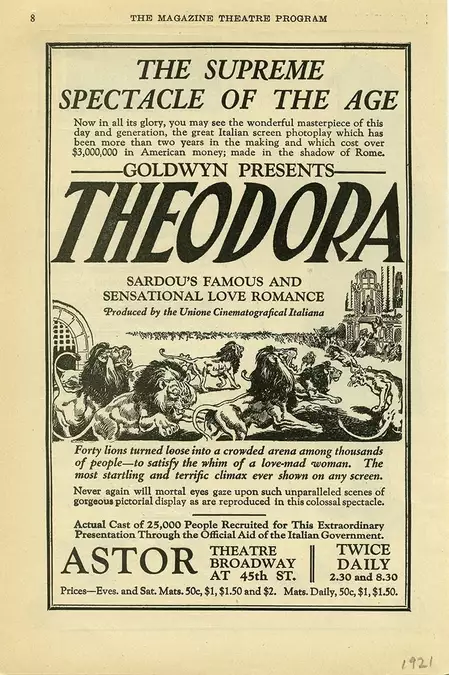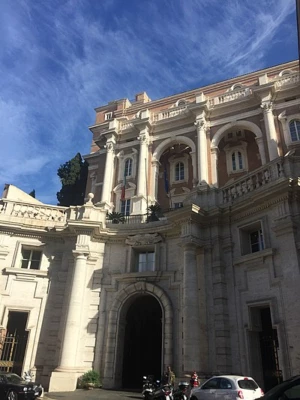Biography
(No Information)
Filmography
all 1
Movies 1
Art Direction

Theodora (1921)
Movie
Information
Known ForArt
GenderMale
Birthday1879-09-21
Deathday1965-02-18 (85 years old)
Birth PlaceRome, Italy
CitizenshipsKingdom of Italy, Italy
This article uses material from Wikipedia.
Last updated:
Image credit: Boubloub, CC BY-SA 4.0, via Wikimedia Commons
 Armando Brasini
Armando Brasini- Filmography
- Information